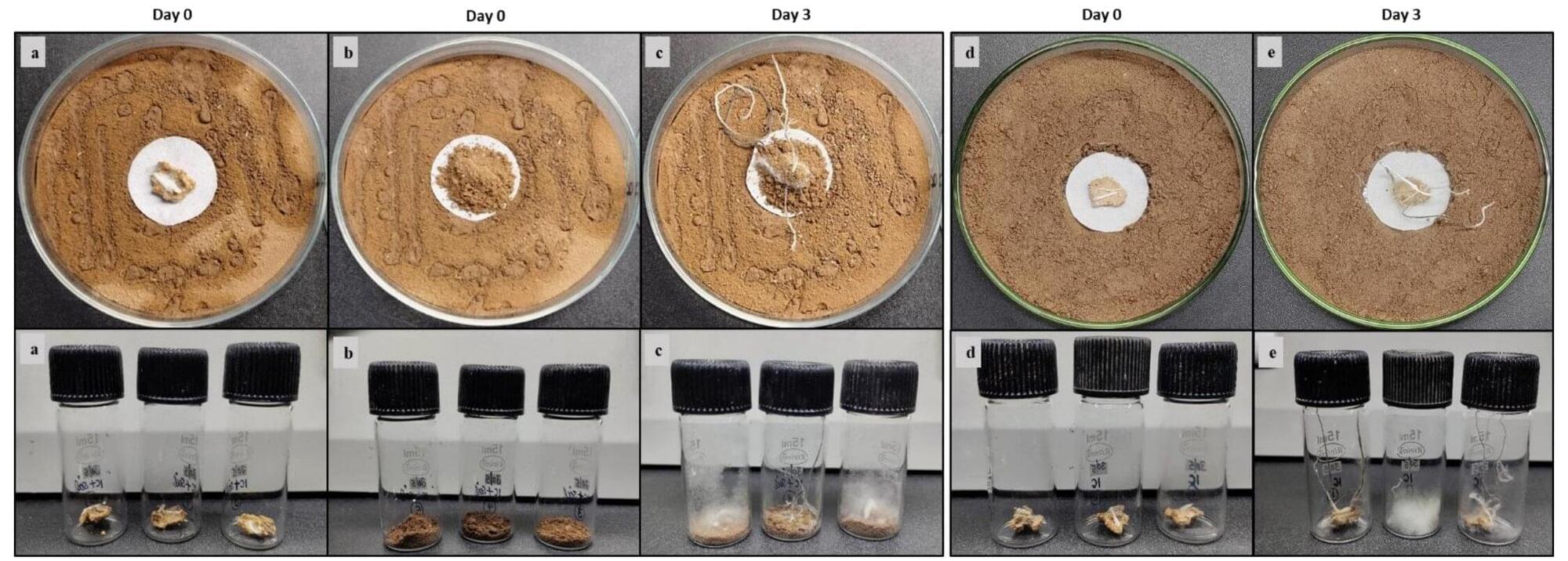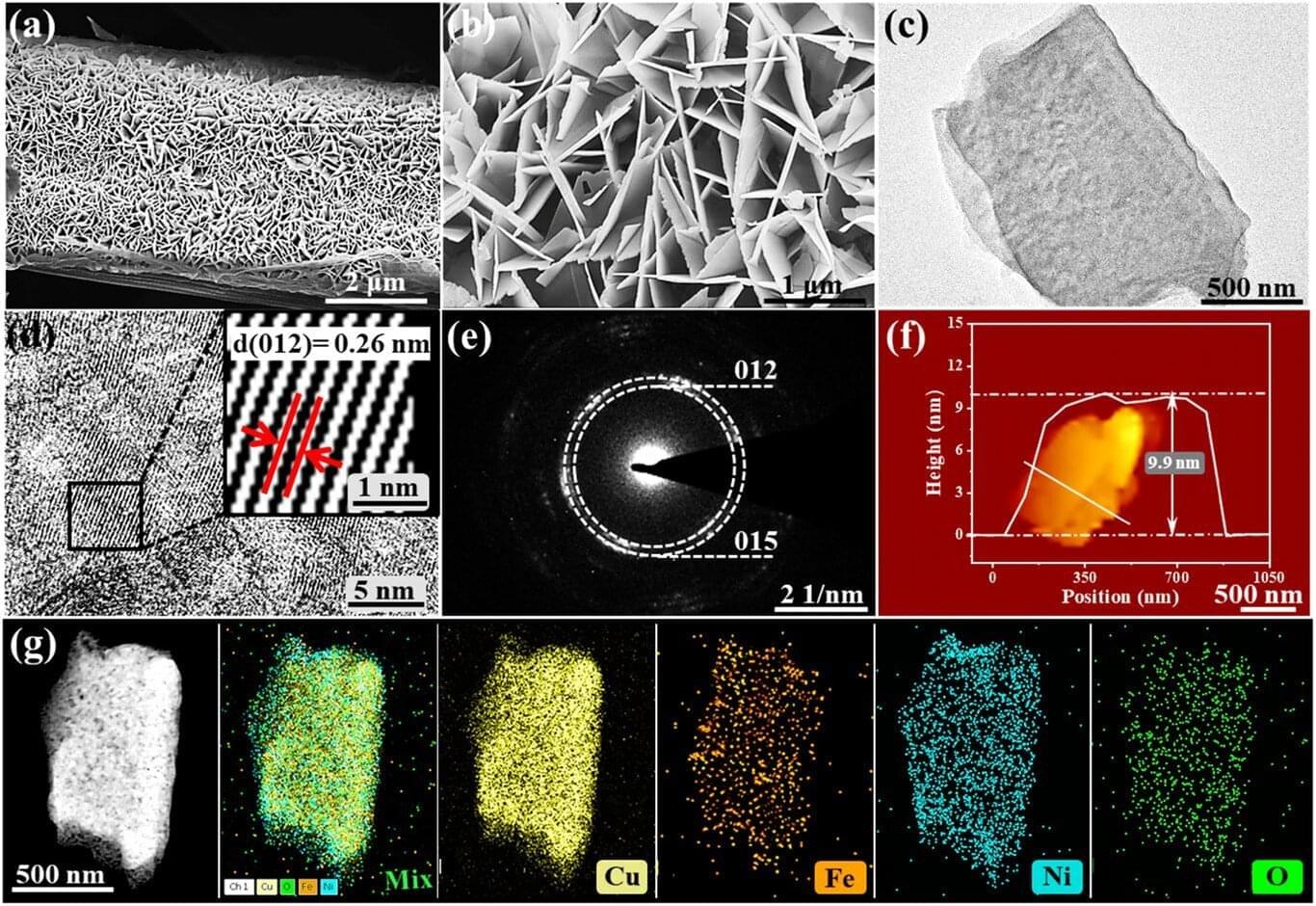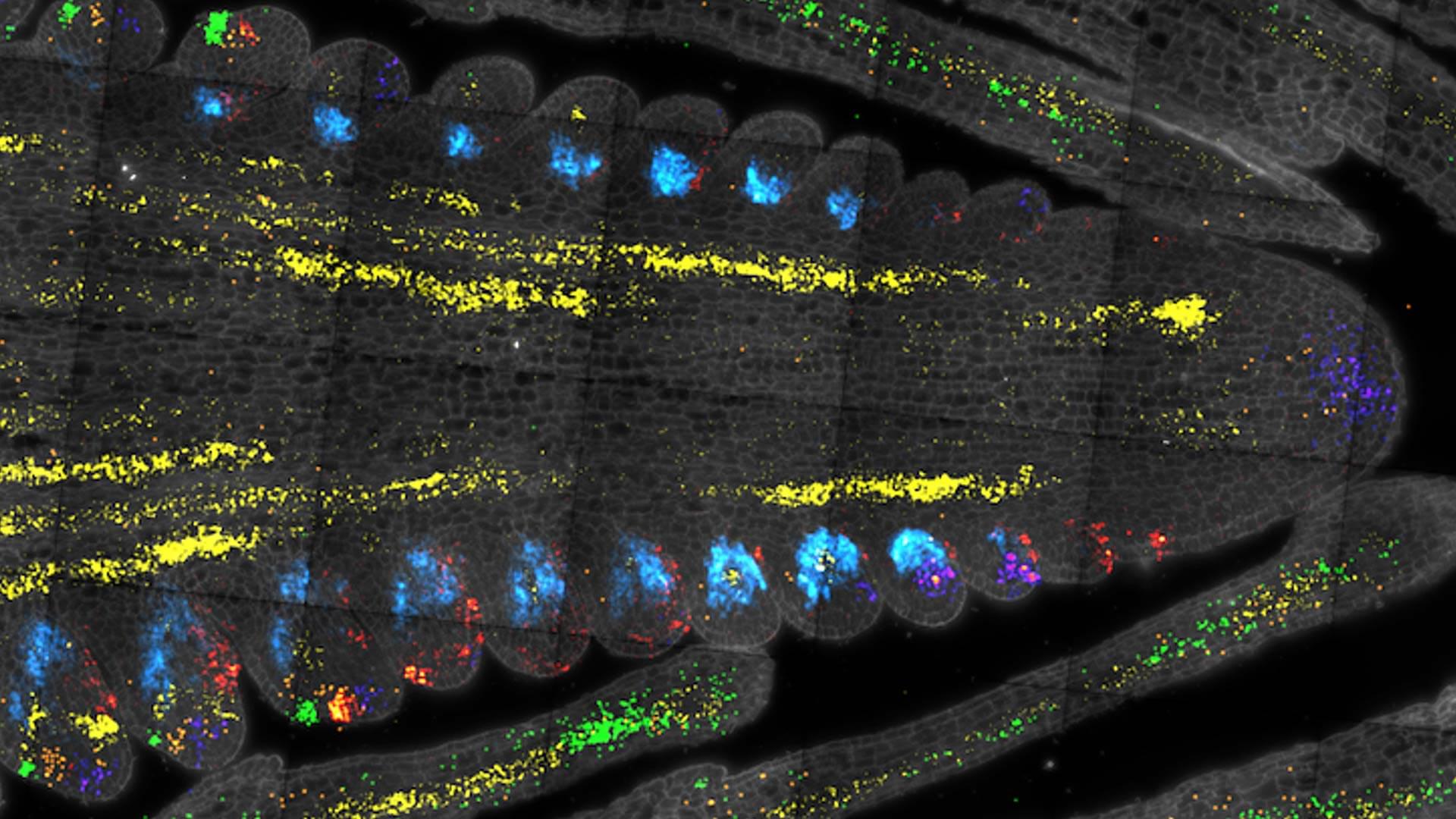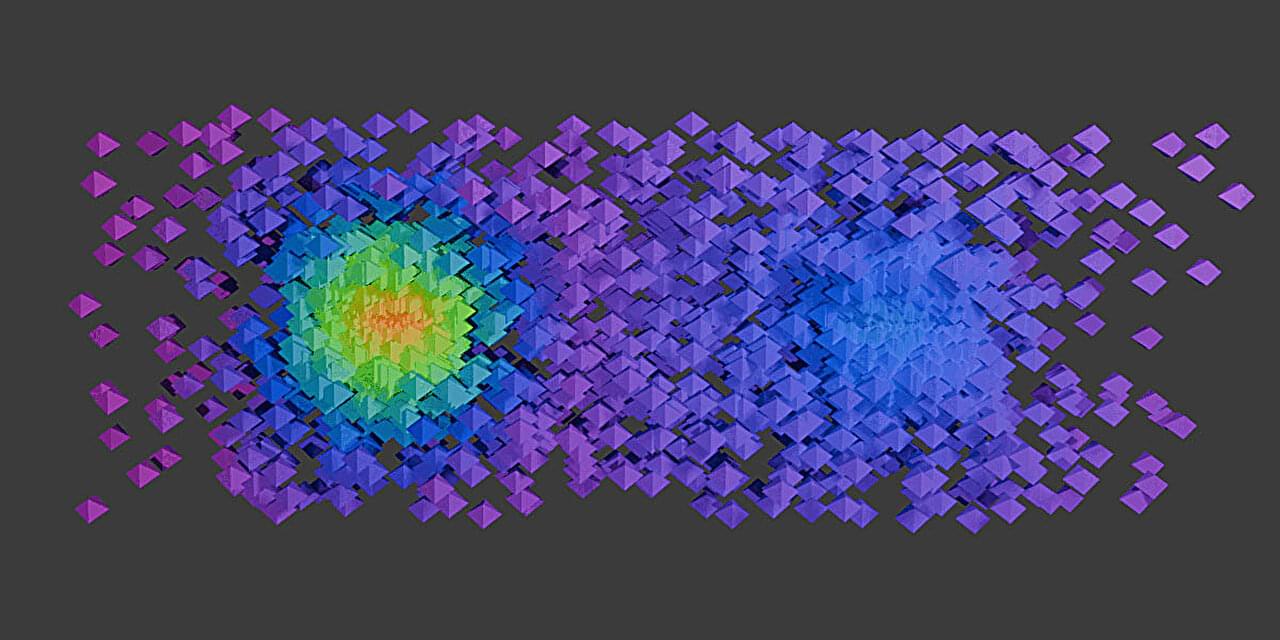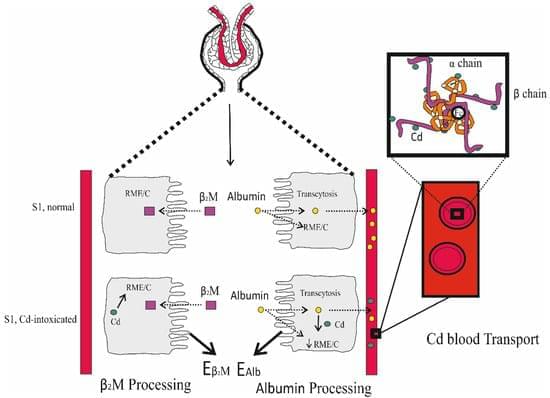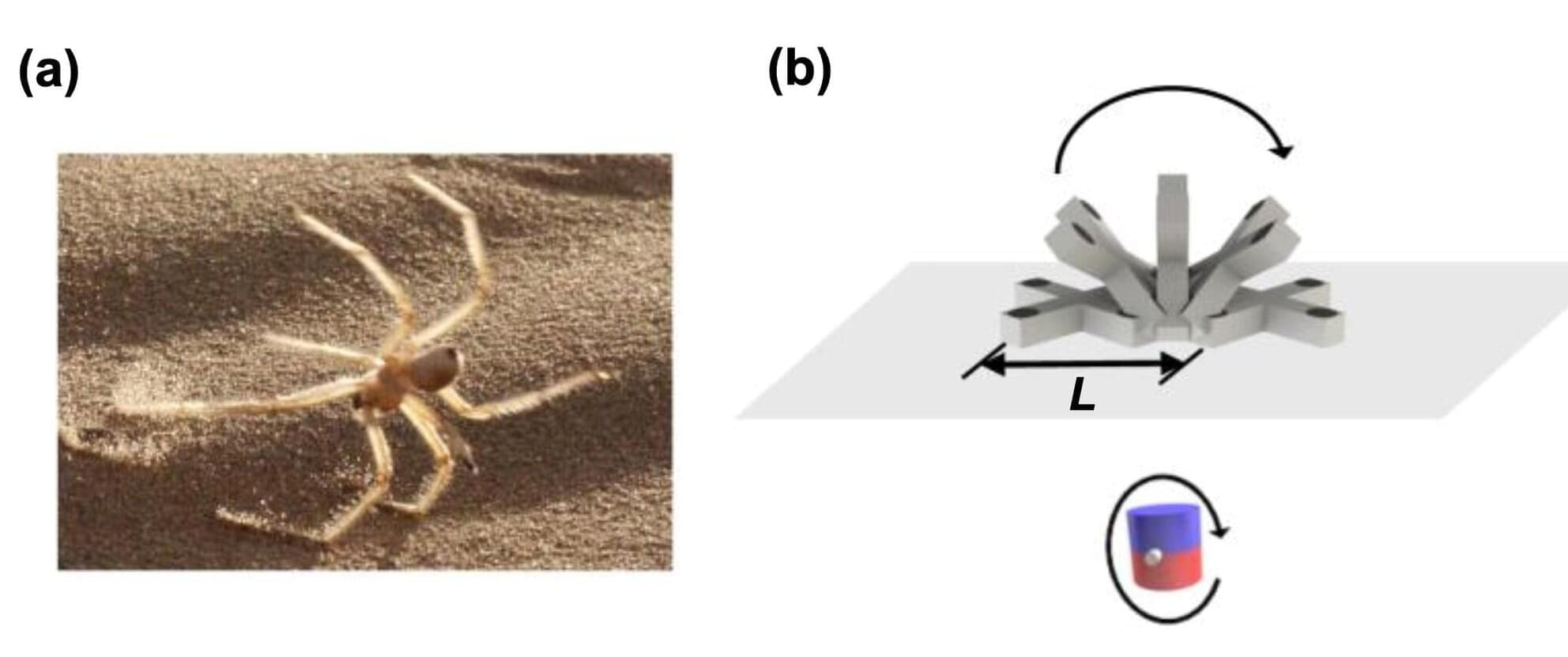Some species of termites are known to cultivate their own crops of fungus within their nests, similar to the way humans maintain farms to feed people. One such species is Odontotermes obesus, which cultivates the fungus Termitomyces. The relationship between these termites and the fungus can be thought of as a sort of symbiotic one. In this case, Termitomyces feeds the termites, and the termites protect the fungus from an invasive “weed-like” fungus called Pseudoxylaria can quickly overrun Termitomyces if left to its own devices.
A new study, published in Science, sheds some light on the methods these insects use to protect their crops, which was previously unclear. The research team investigated these methods through a series of experiments in which Pseudoxylaria was introduced into the termite’s crop of Termitomyces combs.
In the first part of the experiment, only a small amount of weed fungus was placed on a comb, and the termites’ responses were observed and compared to the response to an uninfected comb. Then, a highly infected comb was introduced next to a healthy comb, and termite responses were observed. Finally, the team attached a healthy comb to an infected comb to find out how the termites responded. Then, the soil boluses, which were used by the termites to cover certain pieces of comb, were analyzed for microbial content and fungistatic properties using sequencing and inhibition assays.
